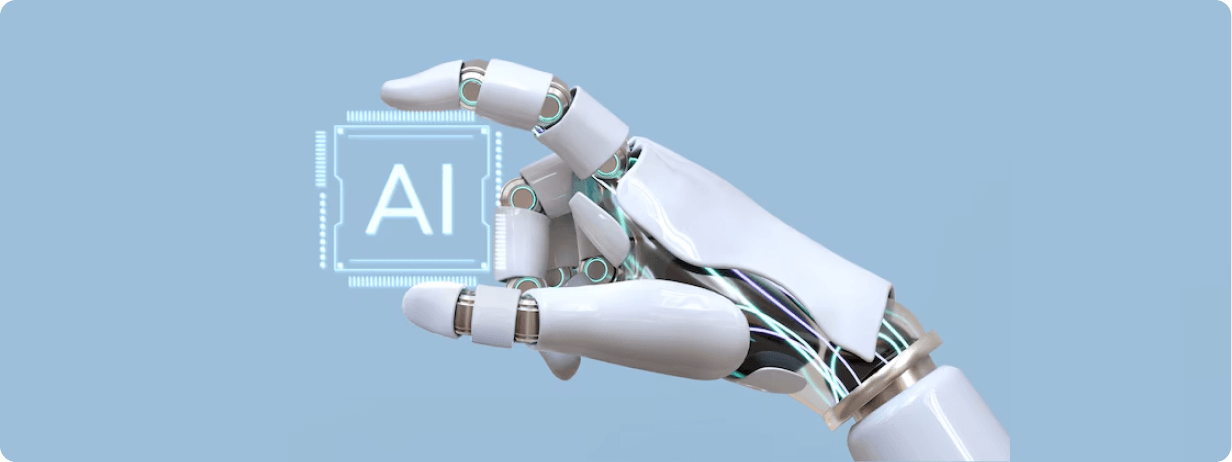
Agentic automation: The path to an orchestrated enterprise
Yiannis Broustas
In recent years, the introduction of AI has increased the power and impact of enterprise automation, enabling us to strive for ever-greater efficiency and productivity. At the same time, the processes these automations are empowering have also grown in complexity. Investment has poured into siloed enterprise systems, with the average large company now using over 175 enterprise applications across their workflows. Data has become more siloed and processes more fragmented. Many decisions within a workflow aren't clear-cut, requiring people to step in—all of which adds to the operational burden. Finally, the complexity of these processes means they cannot cohesively be monitored, optimized, or fully automated.
A new era for automation—agentic automation—provides a new path forward. Combining agents, robots, AI, and people, agentic automation can automate even the longest, most complex processes end to end. Working effortlessly across disparate systems, it will deliver transformational outcomes across the enterprise, making businesses more autonomous and productive while enhancing the experiences of customers and employees. Agents are increasingly taking on the majority of work, while people continue and expand their roles as supervisors, decision makers, and leaders.
At our most recent UiPath FORWARD, our CEO Daniel Dines and Chief Product Officer Graham Sheldon introduced the UiPath vision for agentic automation. At the AI Summit New York, I had the great pleasure of diving deeper and sharing more details around our vision on how all the pieces of agentic automation fit together. Here's a quick recap: What does the agentic and robotic future look like?
Businesses have known and benefitted from robotic process automation (RPA) for years.
Robots perform work tasks by interacting with screens, systems, and data like people do. They are rules-based, act predictably, and make deterministic decisions. This makes them highly reliable and efficient for routine tasks that don't need adaptability or decision making skills—like entering data, processing transactions, or triggering responses.
AI agents are a much newer, emerging technology. Agents are AI-model-based, enabling them to work independently of people and improve over time. There are many different types of agents, but they are generally goal-oriented and able to use context to make proactive and probabilistic decisions. This makes them complementary to robots and ideal for complex processes that require high adaptability. Imagine you need to book a flight for work: an agent could plan the entire trip, comparing flight and hotel prices to get you the best deal before booking everything for you. And it could adhere to company policies, like cost, location, approved airlines and hotels.
But this raises a critical question. Where do humans fit into the agentic and robotic future?
The answer is that they remain firmly in control. Humans will use agents and robots as tools to supercharge their productivity, creating new agentic workflows as needed. Human in the loop will be crucial for exception management, with employees stepping in to solve problems that agents and robots can't. Human judgment, compassion, and responsibility can't be replicated. That's why people are the leaders, supervisors, and ultimate decision makers of agentic automation.
Enterprise agents: controlled agency
Agents are core to agentic automation. But enterprises don't just need autonomous agents who can do things—they need enterprise agents they can trust to do them safely, accurately, and reliably. Speaking at UiPath FORWARD, our Chief Technology Officer Raghu Malpani put it succinctly: "You don't just want agents. You want agents you can trust."
Comments (11)
I really appreciate the insights and perspective shared in this article. It's definitely given me something to think about and has helped me see things from a different angle. Thank you for writing and sharing!
5 min ago